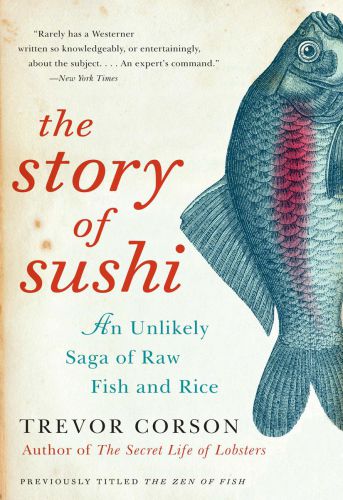The semester is over and the summer seems to stretch out long and luminous in our collective future. Wondering what to read to make the next few months shine even brighter? A few of our favorite faculty members have suggestions:
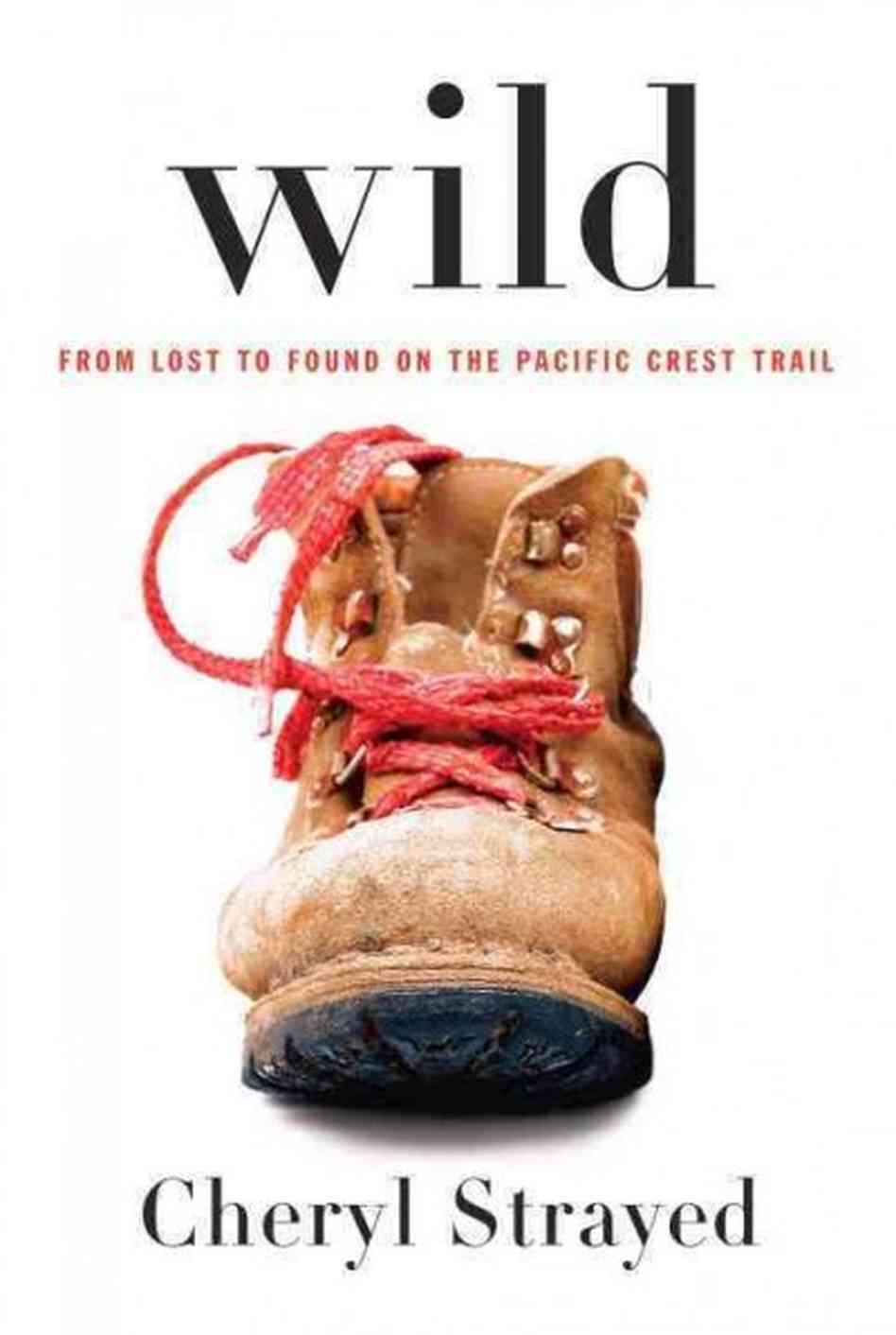 Strayed, Cheryl. Wild: From Lost to Found on the Pacific Crest Trail. New York: Alfred A. Knopf, 2012.
Strayed, Cheryl. Wild: From Lost to Found on the Pacific Crest Trail. New York: Alfred A. Knopf, 2012.
PS3619.T744 Z46 2012
My students in Senior Comp are reading Cheryl Strayed’s memoir Wild. It is a New York Times Bestseller, and was featured on Oprah’s show–it doesn’t need our endorsement. But can I say one thing about it? It’s not just the heartbreaking honesty of the writing that I like, or even the rarer quality, the grace that Strayed brings to her sentences; instead, what I want my students to understand, and perhaps even emulate, is how wide is the book’s appeal, how it has been written in a way that it speaks to a diverse readership. It was a quality that Shakespeare had in abundance, and we’ve lost it somewhere.
– Amitava Kumar, Professor of English
Corson, Trevor. The Story of Sushi: An Unlikely Saga of Raw Fish and Rice. New York: Harper Perennial, 2008.
TX747 .C67 2008
If you ever thought that preparing sushi just meant cutting a piece of fish and putting it with some rice you need to read this book. It reads like a novel and follows a young woman’s journey to become a sushi chef in southern California.
– April M. Beisaw, Assistant Professor of Anthropology
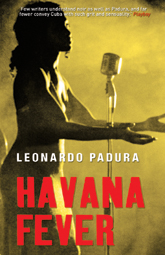 Padura, Leonardo. Havana Fever. London: Bitter Lemon, 2009 PQ7390.P32 A6 2009
Padura, Leonardo. Havana Fever. London: Bitter Lemon, 2009 PQ7390.P32 A6 2009
Havana Fever is impossible to put down. It evokes the historical moment(s) quite powerfully–the reader can feel, smell, taste Batista’s Cuba, a particularly decadent era when the US-based mafia was a major power player and Cuban elites worked comfortably with the mafia to solidify (or so they thought) their own fortunes in a debauched world. As Padura moves between Batista’s Cuba and Fidel’s of the early 2000s the reader also feels quite palpably the want of that era of scarcity–the absence of basic creature comforts, indeed of necessities, that so many Cubans experienced after the collapse of the Soviet Union. Havana comes alive in Padura’s telling, and what emerges is the “real” Havana–or at least a Havana that feels amazingly familiar to this historian who has made it a central part of her professional life to learn as much as she can through reading and travel of the vida cotidiana of that extraordinary island. As far as I’m concerned, it’s a “must read” for anyone interested in contemporary Cuba.
– Leslie Offutt, Associate Professor of History and Director of Latin American and Latino/a Studies
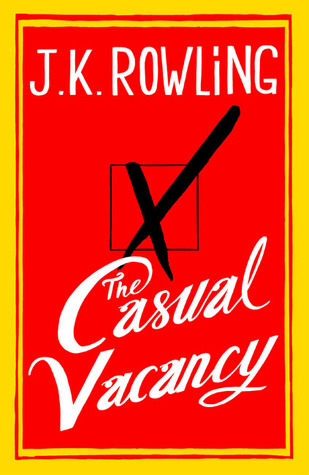 Rowling, J. K. The Casual Vacancy. New York: Little, Brown and Co., 2012. PR6068.O93 C37 2012
Rowling, J. K. The Casual Vacancy. New York: Little, Brown and Co., 2012. PR6068.O93 C37 2012
Rowling isn’t a sculptor of language or a profound philosopher, and some readers might be turned off by a few of the characters’ lewdness, which sometimes reads like an attempt to counterbalance in one book the absence of any real sexuality in her other seven books, but her debut novel for “adults” showcases the talent at storytelling that made her one of the most popular writers in history. Her creation of an intricate web of relationships and motivations among the vividly portrayed characters that populate the tiny English village of Pagford is masterful, and the plot, which might seem at first glance unpromising (the campaign to replace a deceased city councilman amid a local land-use controversy), unfolds with a ruthless blend of suspense and inexorability.
– Curtis Dozier, Blegen Research Fellow, Greek and Roman Studies
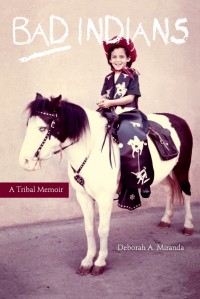 Miranda, Deborah A. Bad Indians: A Tribal Memoir. Berkeley, CA: Heyday, 2013. E78.C15 M6 2013
Miranda, Deborah A. Bad Indians: A Tribal Memoir. Berkeley, CA: Heyday, 2013. E78.C15 M6 2013
This is a book that just came out and I just recently used in my Native American Women’s class. It had a profound effect on the students and myself. It’s a mosaic of poems, photos, personal narratives, charts, and so on, of Miranda’s coming to terms with her own history of violence and abuse and the legacy of terror that her Chumash and Esselen ancestors’ survived through the California Missions and the aftermath. A powerful book.
– Molly McGlennen, Assistant Professor of English

